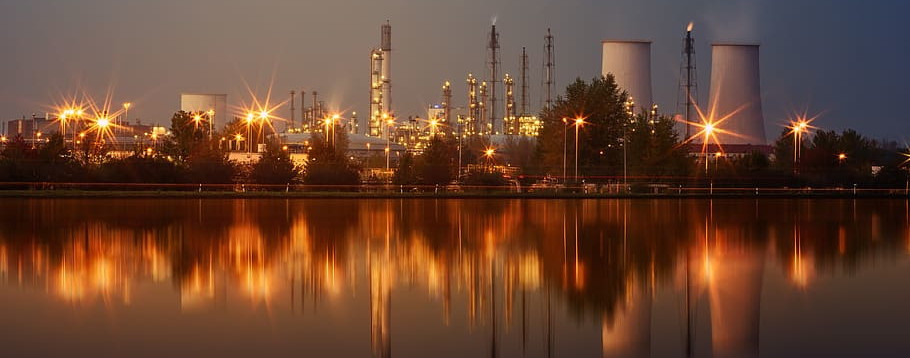
Previous blogs in our COP26 series have outlined the links between plastic pollution and climate change. Here, The University of Surrey’s Shashi Kant Yadav explains why this relationship is actually much deeper and much more insidious than you might have realised.
“If plastics were a country, it would be the world’s fifth-largest greenhouse gas emitter, beating out all but China, the U.S., India and Russia” notes a recent report released by Beyond Plastics.
Ahead of COP 26, a series of scientific studies revealed the intricate web of plastics and dirty fuels. Remarkably, these studies establish that Green House Gases (GHGs) emission from plastics industries, if they continue apace, would surpass the emissions from coal-based thermal power plants by 2030.

Plastics: Product vs. Process
The life cycle of plastics, from manufacturing to disposal and recycling, generates a significant amount of GHG emissions as petrochemical companies draw energy from ‘dirty fuels’ to keep plastic cheap and disposable. Moreover, disposed of plastic products, in landfills, emit methane – a potent GHG that seeps into groundwater and air. The virtuous idea of recycling plastics itself poses peculiar challenges as corporations recycling/remolding plastics emit as much GHG as plastic manufacturers. Hence the 300 million tonnes of plastic waste, generated each year, is much more than an indispensable industry “product” chocking the Earth.
For instance, the US plastics industry, since 2014, is predominantly using natural gas extracted through hydraulic fracturing (fracking), a controversial technique in which 9 million gallons of pressurised water cracks sedimentary rocks to release methane (a natural gas). Both plastics and fracking industries are keeping each other commercially alive, while the regulators and world leaders are looking away from the “process” of manufacturing plastic by fixing their gaze on regulating plastics as waste “products”. As a result, in the US alone, 42 new plastic manufacturing industries have opened since 2019 — all, allegedly, relying on the ‘dirty fuels.’

Greenwashing
Despite this wicked nature of the plastic industry, the stakeholders have adopted rather a reductionist regulatory approach by unilaterally focusing on the product-based plastic waste management policies. Such reductionist policies invariably endorse plastic recycling plants – that use ‘dirty fuels’ to remodel plastics—in turn keeping both plastics and dirty fuel industries running amok. Thus, recycling of plastics, as a part of the plastics life cycle, is nothing more than greenwashing of the plastics industry unless the recycling units are powered by clean fuels—a proximate impossibility in the ‘net zero’ era of the clean energy transition, where the world is struggling to meet its basic energy needs.
COP 26 should ‘walk the talk’ by putting our dependability on plastics, or perhaps the plastics economics, on the table across the world leaders, throwing light on the greenwashing of the plastics industry, acknowledging the entangled ‘mess’ of plastics and dirty fuels. Until then, we will merely be scratching the surface.

This is a powerful analysis and illuminates many issues around the plastics industry. Actions such as that taken to stop petrochemicals company Ineos expanding their giant plastics plant in the Port of Antwerp are as important in achieving net zero as any other action.
It is high time that regulators must regulate plastics as a “process” rather than seeing it only as a “product”. Such an important distinction– kudos for highlighting it and the author should dive deeper into this distinction and write more on it.
If plastics are going to be new coal why it is not in COP 26 agenda? This us such an important analysis.
I was not aware of such a deep link between climate change and plastics. Why are we not talking more about this?
Insightful and very well written.
Eye opening and well written.